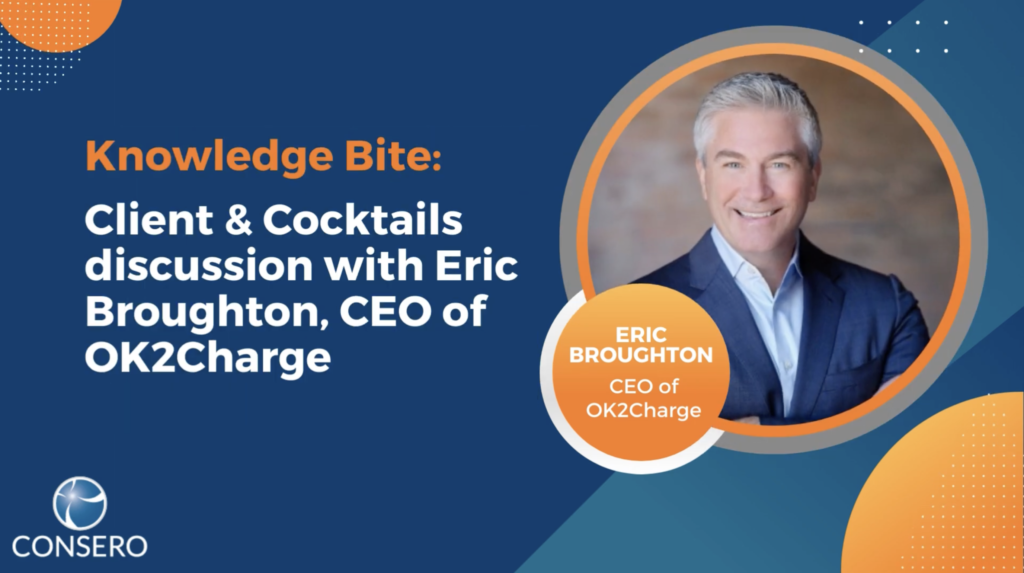





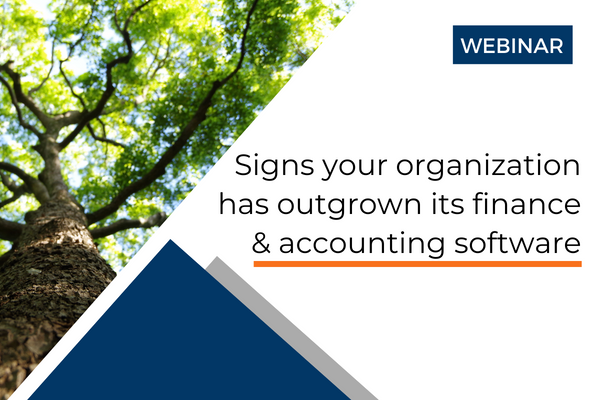
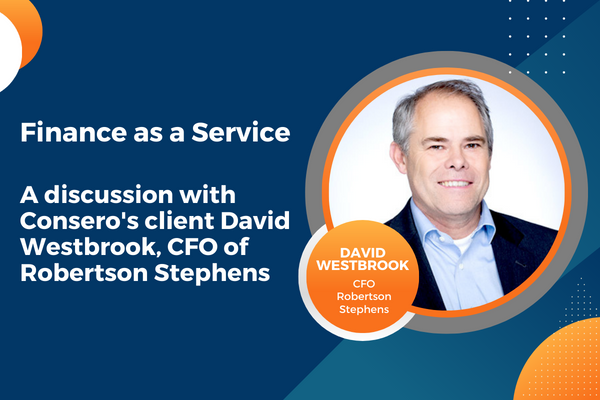
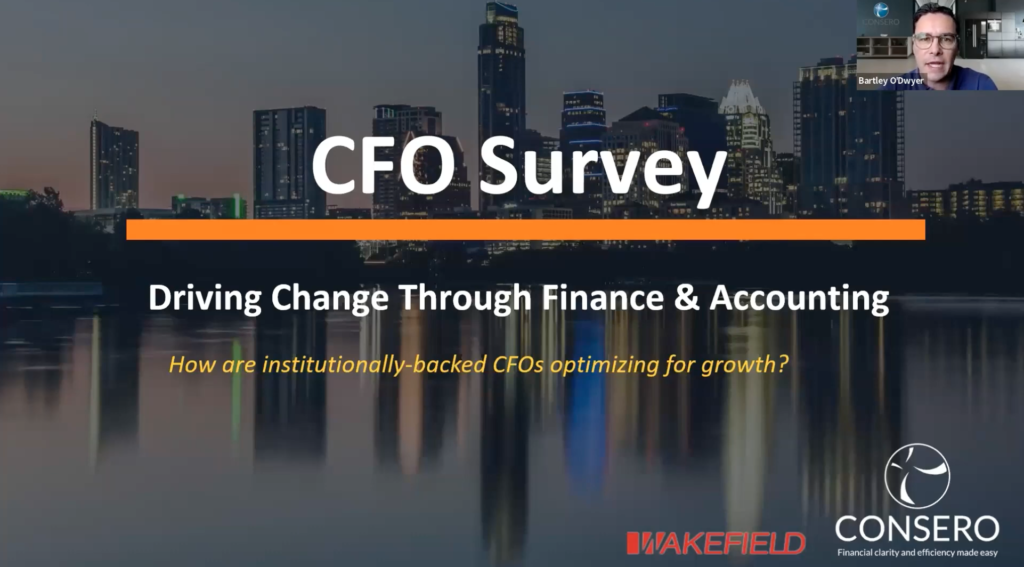

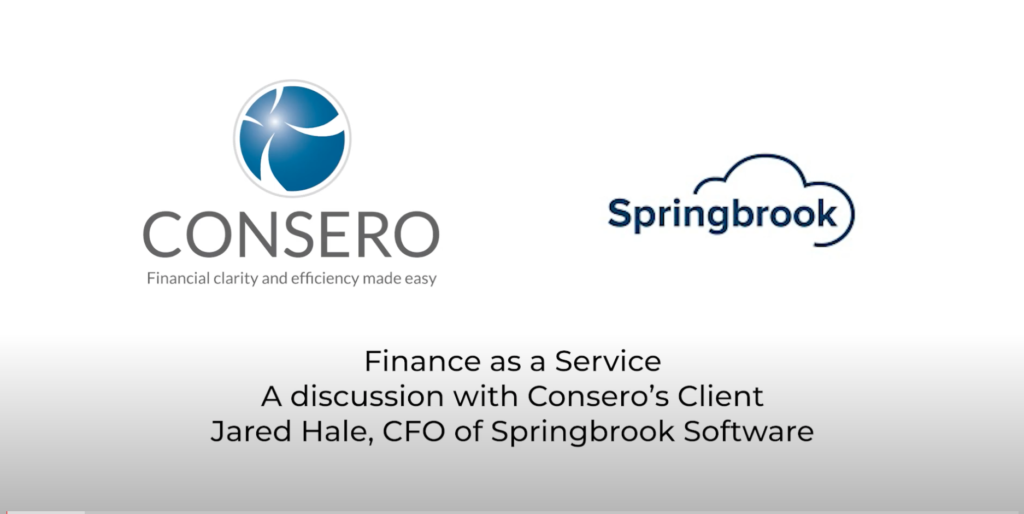
Jared, CFO of Springbrook (acquired by Accel-KKR), shares his experience with an unsteady finance function, the challenging impact of a Carve-Out scenario on the finance & accounting function and how to overcome the void that is left.
Learn how Jared leveraged Consero’s Finance as a Service to reduce time spent on building a finance & accounting function and:
To learn more about how you can quickly build a scalable and efficient finance function, visit www.conseroglobal.com.
